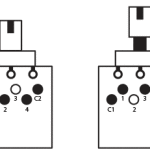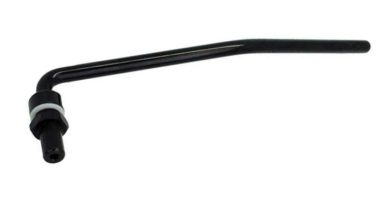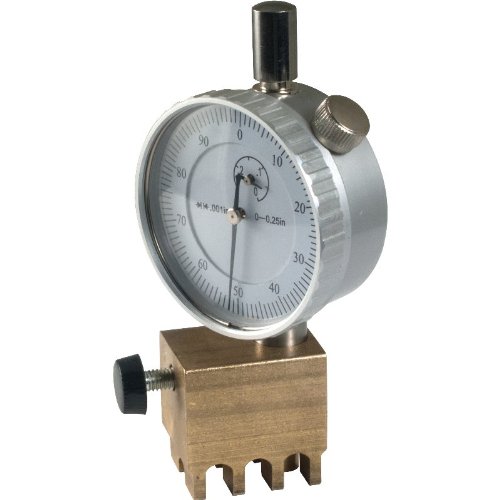CTS Push-Pull Potentiometer
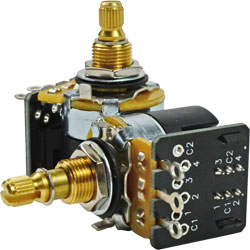 Who likes having tonal variations? I though so! You have a humbucker with all those wiring options and you have a special sound in mind best achieved by split or parallel or phase wiring options. It can add the convenience of not having to swap guitars or amp settings. Wouldn’t that be the cat’s pajamas?!
Who likes having tonal variations? I though so! You have a humbucker with all those wiring options and you have a special sound in mind best achieved by split or parallel or phase wiring options. It can add the convenience of not having to swap guitars or amp settings. Wouldn’t that be the cat’s pajamas?!
Who likes to drill new holes in their guitars? I thought not. Or maybe you prefer to remove as little wood as possible from your guitar, but you still want to switch between 2 pickups? Push-pull potentiometers (or pots, for short) have been providing solutions to this quandary for decades.
There are a few brands out there, but CTS came out with a new approach that I’d like to cover. As you can see, they put the connections on a PCB. That’s not to say it’s any better or worse, but just a different option to help with any particular needs you might have.
One of the things I saw about this design is that it is can fit in to areas as thin as 1″. When I measured it up against a few other brands of push-pull pots that I have on the workbench, it makes it slightly shorter than the more traditional push-pull pots. But when you add in any extra clearance needed on the traditional push-pull pots for grounding, it can add up a little. These could be handy for a little Jimmy Page wiring in something thinner than your Les Paul.
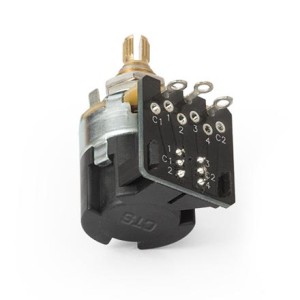 These come with a 3/8″ diameter brass shaft, which has become my preference. The “click” of the push-pull operation is a little smoother and I do like the slightly higher resistance spin of the knob.
These come with a 3/8″ diameter brass shaft, which has become my preference. The “click” of the push-pull operation is a little smoother and I do like the slightly higher resistance spin of the knob.
A couple of things that I identified would include a) the regular pot lugs poking straight out can be a little different if you’re used to moving the ground lug in to the chassis, and b) the girth. I’d not go as far as to call the design chunky, but it is about 1/4″ further out on the business side of the pot. Going for the minimal approach of a single-pot/small-cavity might require a slightly larger cavity or going slightly off center of the hole….but if you have a little room to work with, you’re golden. A potential 3rd issue, depending on your needs, could include the need to solder to the side of the chassis for grounding.
It looks like they can be found in 250k and 500k in long and short split shaft, and in 500k short solid shaft. If you’ve worked with push-pull pots before, wiring this up should be a piece of cake. But just in case, here are a few wiring schematics (click images to enlarge) found at Mojotone and StewMac, who both sell this style of push-pull pot.




